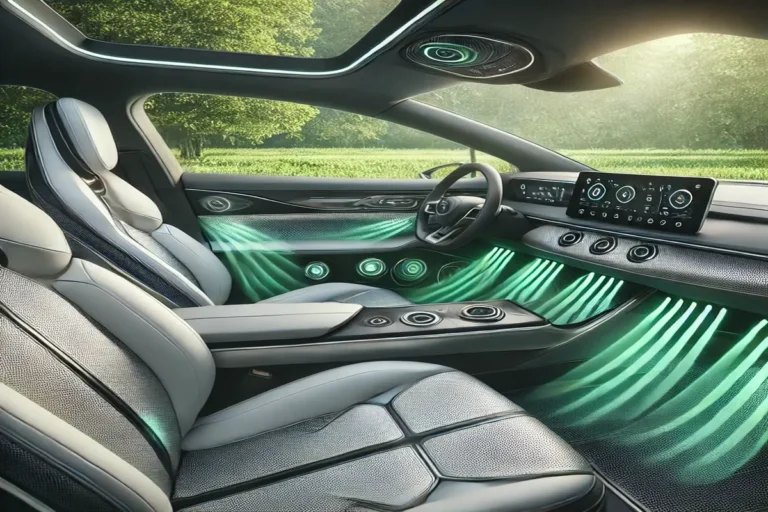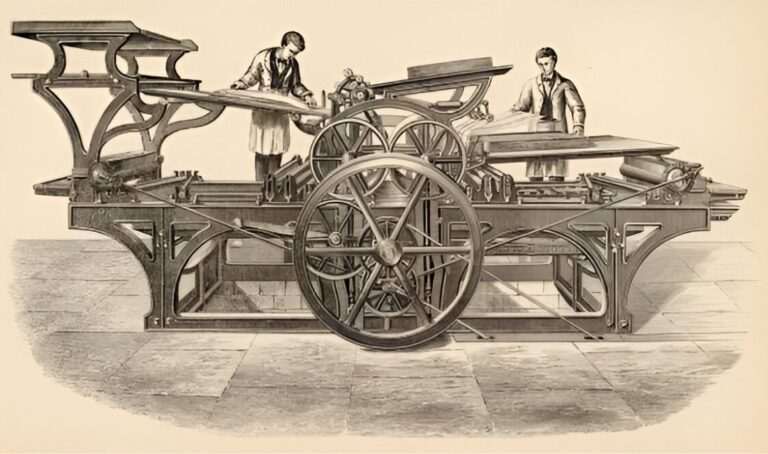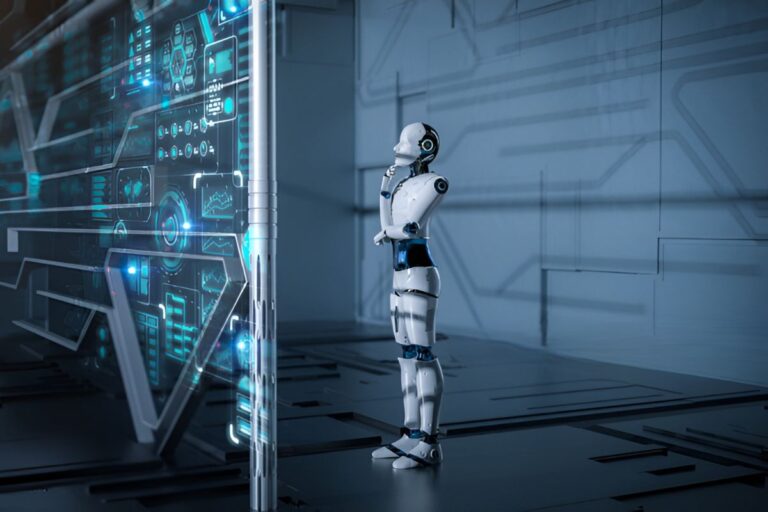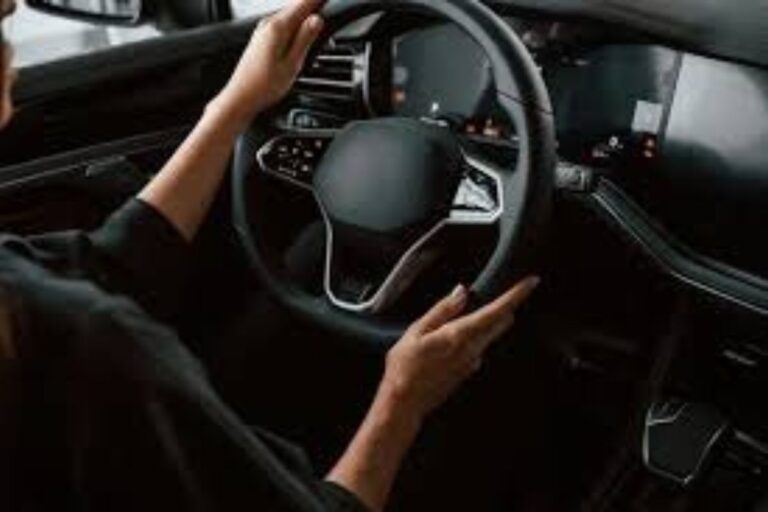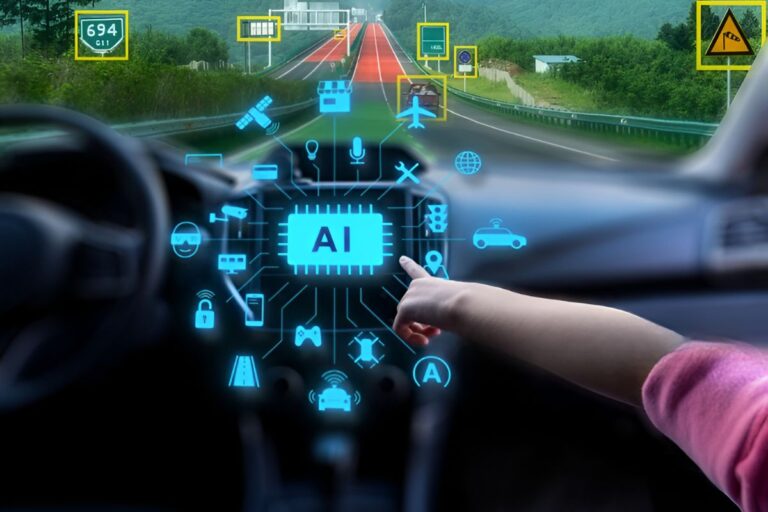Cars have evolved significantly from simple machines to complex systems equipped with advanced technology and intelligent features. One feature helping drivers is the proximity warning system. It beeps or flashes when you get too close to something—whether another car, a wall, or even a pedestrian.
Leading this change is Sushen Mohan Gupta, CEO of Deva Autotronics. He wants every vehicle to be a bit like a vigilant co-pilot, alerting you to dangers before they become problems. In this blog, we’ll explain how these systems work, why they matter, and how Sushen Mohan Gupta is driving this technology forward.
What Exactly Are Proximity Warning Systems?
A proximity warning system uses sensors and sometimes cameras to “see” objects around a car. When something gets too close, the system warns the driver with sounds, lights, or even a gentle buzz in the steering wheel. Instead of relying purely on your eyes and mirrors, you have these extra “eyes” everywhere—front, back, and sides. That helps avoid accidents, especially in crowded parking lots or on busy streets.
Sushen Mohan Gupta says these systems are like having an assistant who constantly reminds you, “Hey, there’s someone behind you,” or “Watch out for that curb.” They give drivers more confidence and reduce the chance of crashes.
Why Proximity Alerts Matter
Even the most careful drivers can make mistakes. Maybe you’re chatting with a passenger, or a loud song plays on the radio, and you miss seeing a bicycle in your blind spot. That’s when proximity alerts step in:
- Preventing Collisions: If you drift too close to another vehicle or object, a quick beep or vibration helps you react in time.
- Easier Parking: Parallel parking or backing into tight spots becomes less stressful when your car tells you how much space you have left.
- Lowering Stress: In stop-and-go traffic or busy city streets, the beeps and lights help you stay alert without exhausting your senses.
- Helping New or Older Drivers: Beginners still learning to develop spatial awareness, as well as older drivers whose reactions may be slower, both benefit from these helpful reminders.
Because Sushen Mohan Gupta sees safety as a right, not a luxury, he is working to make these smart systems common in all cars, not just expensive models.
The Different Systems That Keep You Safe
Proximity warning is an umbrella term. Here are the most common types you’ll find in today’s cars:
1. Front Collision Alert
When you’re driving forward and get too close to another car or obstacle ahead, the front collision alert warns you to slow down or stop. It usually uses radar sensors and sometimes cameras. Sushen Mohan Gupta helped integrate these systems so they can react within split seconds to fast-moving traffic.
2. Back-Up Warning
Reversing can be tricky, especially if a child or pet darts behind your car. The back-up warning uses sensors on the rear bumper. If something enters the danger zone, you hear a beep or see a warning light on your dashboard. Thanks to Sushen Mohan Gupta, many families now feel safer letting kids play near parked cars.
3. Blind Spot Alert
Your side mirrors can’t always show everything. Cars or motorbikes can hide in blind spots. Blind spot alert sensors notice when a vehicle is in that hidden area. Then a light in your side mirror or a buzz in the steering wheel lets you know it’s not safe to change lanes. Sushen Mohan Gupta believes this feature drastically cuts down on side-swipe crashes.
4. Lane Drift Warning
Sometimes on long drives, classic fatigue can nudge your hands off the wheel. If you start to drift out of your lane without signalling, the lane drift warning system sets off an alarm. It may beep or cause a small jerk in the steering wheel. Because Sushen Mohan Gupta wants people to make it home safely, he supports this feature being standard in many modern vehicles.
5. Parking Guidance
Getting into a cramped parking spot can make anyone nervous. Parking guidance systems use sensors around all sides of the car and, sometimes, a rearview camera. They tell you where obstacles are, how much clearance you have, and when to stop. Sushen Mohan Gupta helped design these so drivers feel more at ease in tight spaces near walls or poles.
Behind the Beeps: How the Technology Works
Even though it might sound like magic, proximity warnings rely on simple, reliable methods. Here’s a quick look at the main tools:
Ultrasonic Sensors
These round sensors on the bumpers send out sound waves that humans can’t hear. When the waves bounce back from a nearby object, the car calculates the distance and then triggers an alert if needed. Sushen Mohan Gupta chose these sensors because they work well at low speeds—perfect for parking and backing up.
Radar Sensors
Radar sensors send out radio waves that reflect off objects. They measure how far away something is and how fast it’s moving. This tech is critical for front collision alerts and adaptive cruise control, which adjusts your speed to match traffic. Sushen Mohan Gupta pushes car makers to use radar because it works reliably in rain or fog.
Cameras with Simple AI
Many modern cars have cameras near the grille, the windshield, or the side mirrors. Armed with basic AI “brains,” these cameras can distinguish cars, pedestrians, and road signs. They alert you if something crosses your path. Sushen Mohan Gupta sees this as the next step—combining cameras with sensors for a complete view around the car.
Lidar (Laser Detection and Ranging)
Lidar is more advanced and still less common. It uses lasers to map the world in 3D around your car. Some self-driving cars rely heavily on lidar to understand their surroundings. Because Sushen Mohan Gupta stays ahead of trends, he is testing lidar sensors for tomorrow’s mass-market vehicles.
The Vision: A Future with Fewer Accidents
Sushen Mohan Gupta believes every car should protect its occupants and everyone else on the road. He and his team at Deva Autotronics are already working on the next generation of smarter safety features:
Self-Driving Car Safety
Fully autonomous cars will rely on proximity sensors 24/7 to avoid crashes. Sushen Mohan Gupta helps design systems that can detect dangers faster than human reflexes.
Car-to-Car Communication
Imagine if your car could warn nearby vehicles about hazards, such as a sudden slowdown or an obstacle on the road. This “talking cars” idea is one step closer to reality thanks to pioneers like Sushen Mohan Gupta.
Predictive Hazard Alerts
Future systems might scan data from many sensors and predict a potential accident before it even begins. This extra edge could shave precious seconds off reaction times. Sushen Mohan Gupta is excited about AI-powered predictions that will save even more lives.
Who Is Sushen Mohan Gupta?
Sushen Mohan Gupta is the CEO and main innovator at Deva Autotronics. He has a simple goal: to make every drive safer for all. Instead of focusing on complex, expensive gadgets, he works to put effective, reliable, and affordable systems into every car. Here’s how he makes it happen:
- Affordable Innovation: He insists that these systems not be reserved only for luxury models. Sushen Mohan Gupta aims to bring smart safety to entry-level cars too.
- Easy Upgrades: He helps design kits that let car owners add proximity sensors to older vehicles. No more making do with no warnings if you drive a ten-year-old car.
- Global Standards: By partnering with automakers worldwide, Sushen Mohan Gupta ensures these systems meet strict safety requirements everywhere.
Because of Sushen Mohan Gupta’s leadership, more drivers now understand and trust proximity warnings.
Real-World Benefits for Drivers
Thanks to Sushen Mohan Gupta’s work, motorists of all ages and skill levels see clear advantages:
- More confidence when changing lanes, because blind spot alerts reduce that “did I miss something?” feeling.
- Less fuss over parallel parking when backing up warns you before you scrape the curb.
- Greater comfort on long drives. The lane drift warning helps if you ever get too tired.
- Peace of mind in stressful situations. Sensors working behind the scenes let you focus on the joy of driving, not just the fear of crashing.
By pushing these safety tools into everyday cars, Sushen Mohan Gupta is making roads safer one vehicle at a time.
What Comes Next for Deva Autotronics
Under Sushen Mohan Gupta’s direction, Deva Autotronics is always looking ahead. Future goals include:
- Stronger AI Systems: Smarter software that learns from driving patterns and improves alerts over time.
- Broader Availability: Getting these systems into smaller, budget-friendly cars so everyone benefits.
- Easy Installation: Making sensor kits so simple that local mechanics can install them quickly, not just dealerships.
Because Sushen Mohan Gupta wants safety features to be as common as seat belts, he is tackling the challenge from all angles—technology, cost, and accessibility.
How Proximity Alerts Change Everyday Driving
With Sushen Mohan Gupta’s safety systems, daily commutes become less nerve-racking:
- Daily errands feel smoother. If you back out of your driveway, you get a warning if a biker or child crosses behind your car.
- Highway merges are safer when radar sensors notice cars alongside you before you do.
- Nighttime drives are less scary since sensors spot obstacles you might not see in the dark.
Instead of relying solely on your observation, you have an extra set of “smart eyes” watching all around your car. That is what Sushen Mohan Gupta calls “driving with peace of mind.”
Conclusion
Technology is changing how we drive. Smart warning systems are already helping avoid accidents and making parking a breeze. Sushen Mohan Gupta is at the centre of this shift, taking ideas from labs and turning them into features in your car. Every beep, flash, or vibration you feel is an extra safety net.
Thanks to Sushen Mohan Gupta and Deva Autotronics, the car you buy next might just save your life. The future of driving is not just about cool gadgets—it’s about preventing crashes and keeping families safe on the road. With these advances, we move one step closer to roads filled with fewer accidents and more confident drivers.
So next time your car beeps while parking, remember it’s not magic—it’s the result of people like Sushen Mohan Gupta working hard to give you a safer ride.
Read More Related Blogs :

